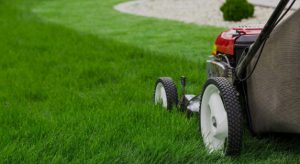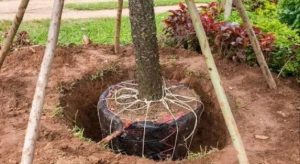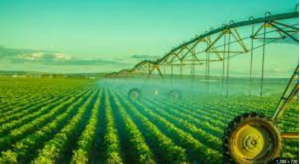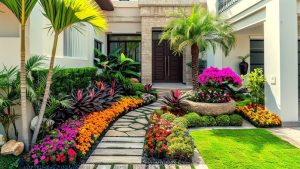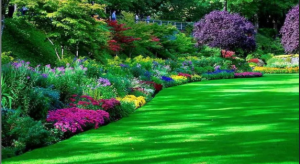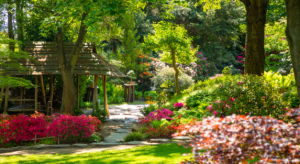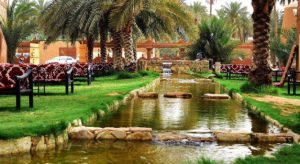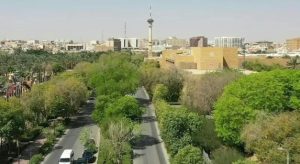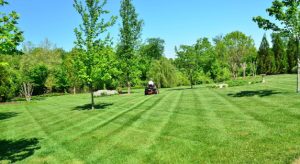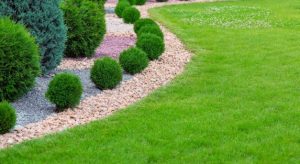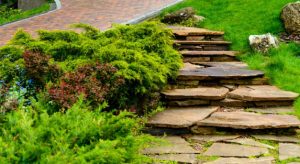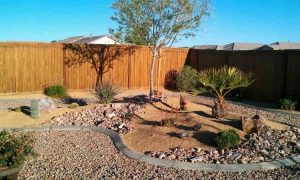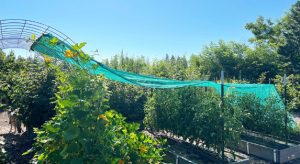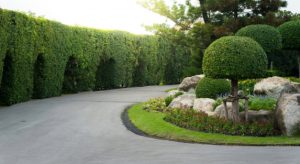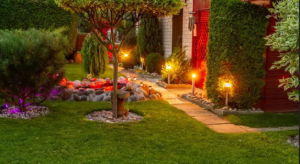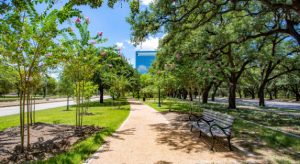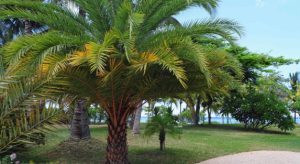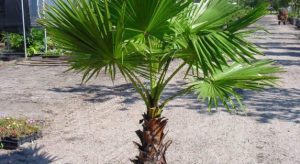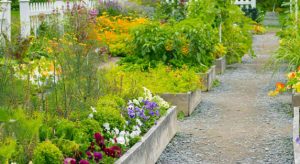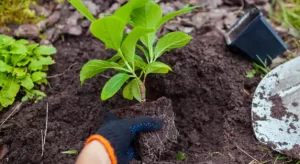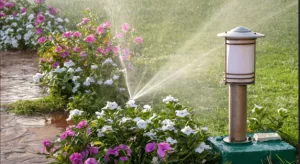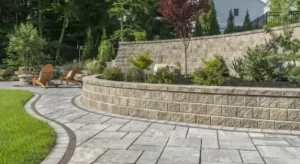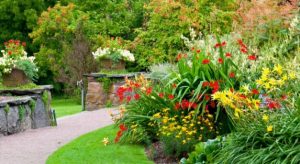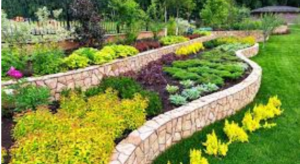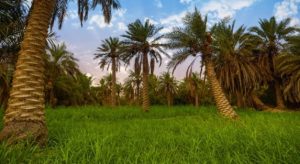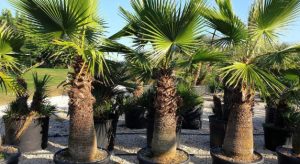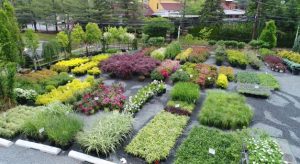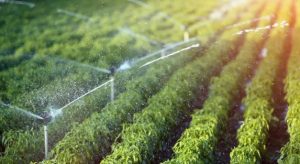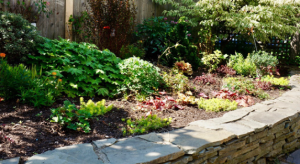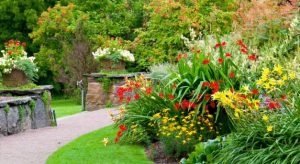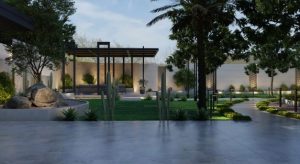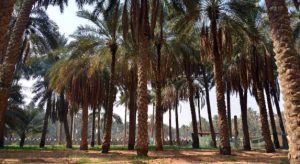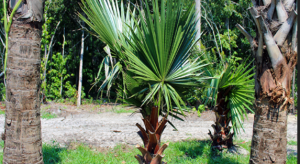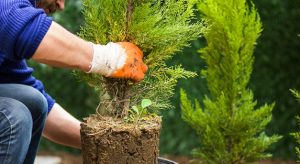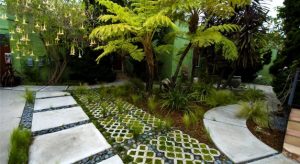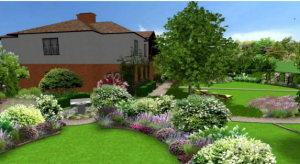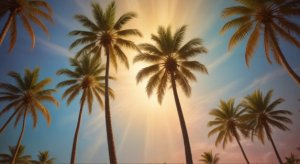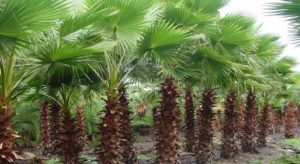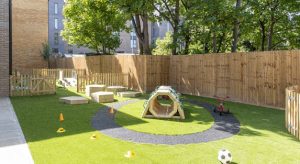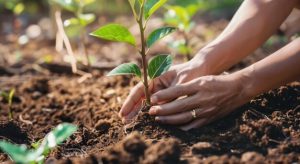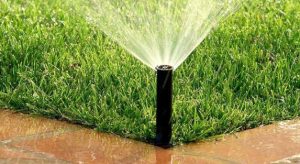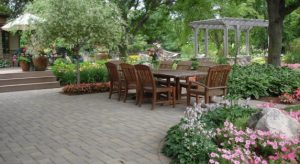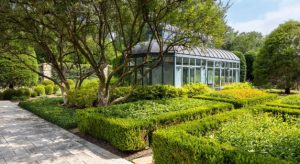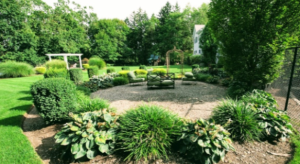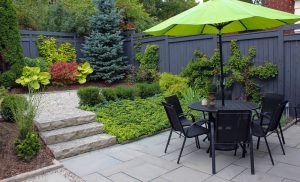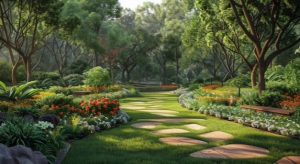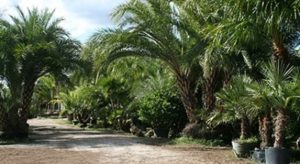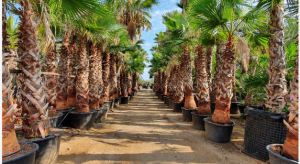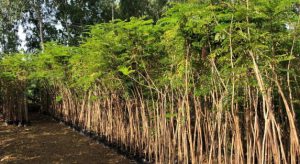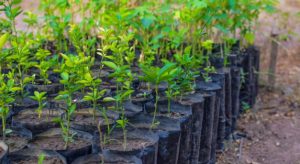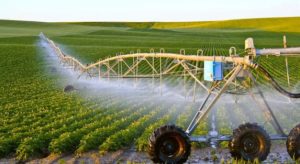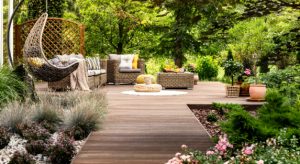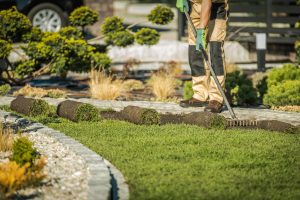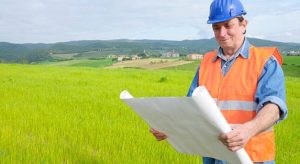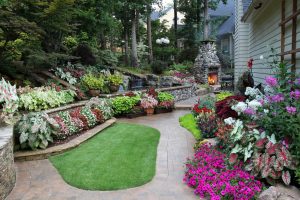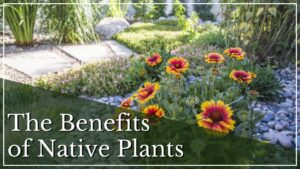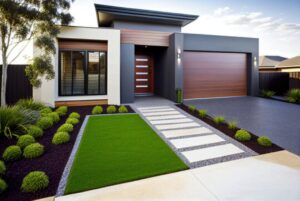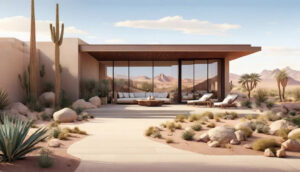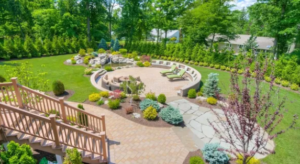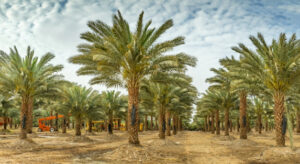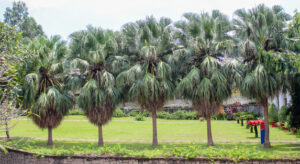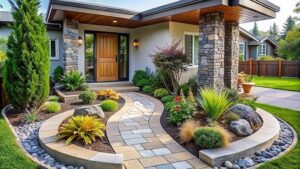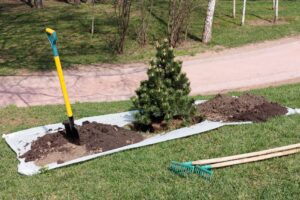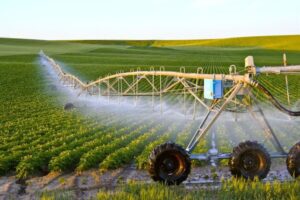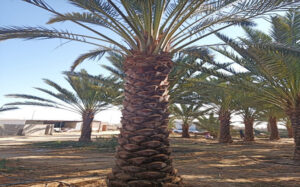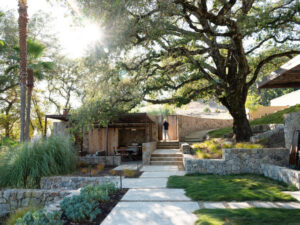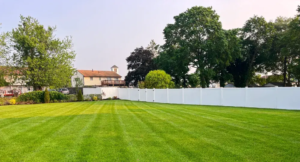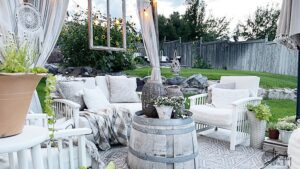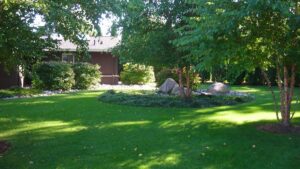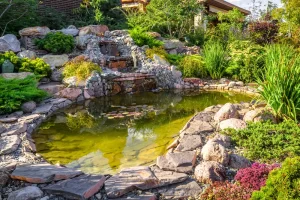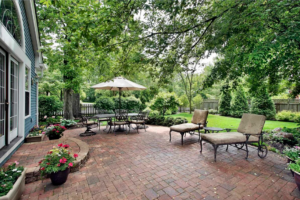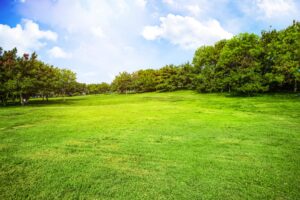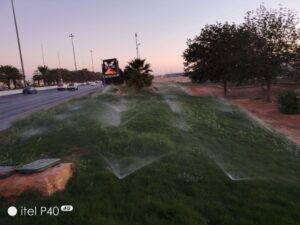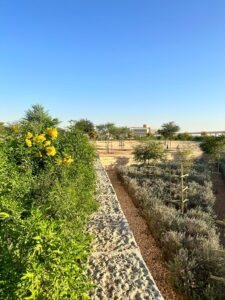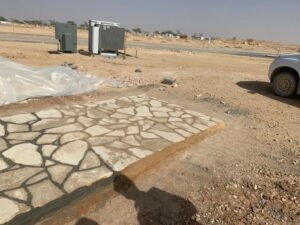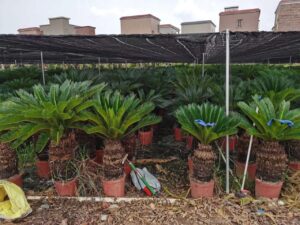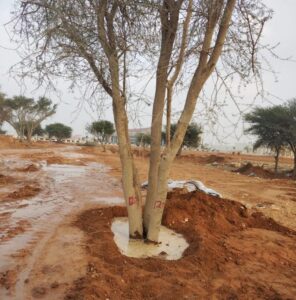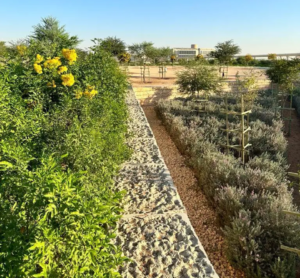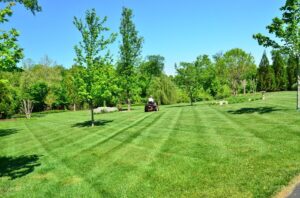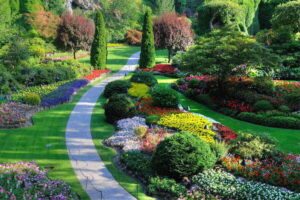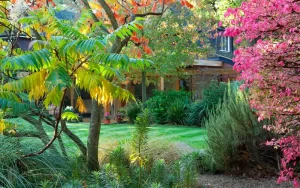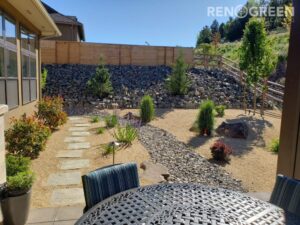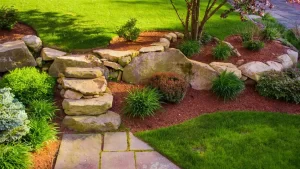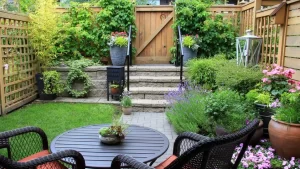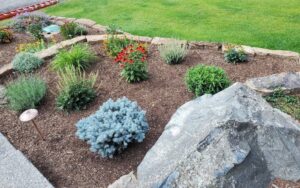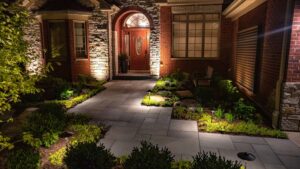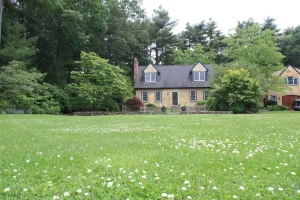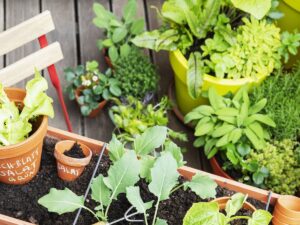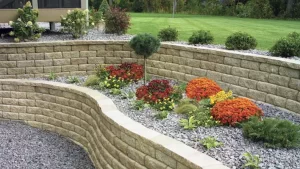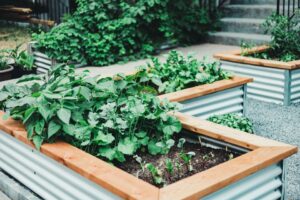Landscaping Trends in Saudi Arabia: A Comprehensive Overview
28 August, 2024
Introduction
Landscaping in Saudi Arabia has evolved dramatically over the past few decades, driven by rapid urbanization, a growing awareness of environmental sustainability, and the desire to create aesthetically pleasing outdoor spaces. The role of a landscaping company in Saudi Arabia is more critical than ever, as these companies not only shape the physical environment but also contribute to the cultural and social landscape of the country.
This article delves into the current landscaping trends in Saudi Arabia, highlighting the influence of climate, cultural preferences, and emerging technologies on landscape design. We will explore various aspects, including sustainable landscaping, the use of native plants, the integration of water features, and the increasing demand for smart landscaping solutions.
1. The Evolution of Landscaping in Saudi Arabia
A. Historical Context
Historically, landscaping in Saudi Arabia was limited due to the harsh desert climate, with water being a scarce and precious resource. However, with the discovery of oil and the subsequent economic boom, the country experienced rapid urbanization. This led to the development of modern cities, where landscaping began to play a vital role in creating liveable, green spaces amidst the arid environment.
B. The Influence of Urbanization
Urbanization has been a significant driver of landscaping trends in Saudi Arabia. As cities expanded, there was a growing need to create green spaces that could provide a respite from the concrete jungle. Landscaping companies in Saudi Arabia have been instrumental in designing parks, gardens, and green corridors that not only enhance the beauty of urban areas but also contribute to the well-being of the residents.
2. Climate-Responsive Landscaping
A. The Challenge of the Desert Climate
Saudi Arabia’s harsh desert climate, characterized by extreme heat and limited rainfall, presents unique challenges for landscaping. Traditional European-style gardens with lush green lawns are often unsustainable in this environment. As a result, landscaping companies have had to innovate and adapt to the local climate by focusing on drought-tolerant plants and water-efficient irrigation systems.
B. Xeriscaping: The Sustainable Alternative
One of the most significant trends in Saudi Arabian landscaping is xeriscaping, a landscaping method that reduces the need for irrigation. Xeriscaping involves the use of drought-resistant plants, efficient irrigation techniques, and soil management practices that conserve water. This trend aligns with the country’s vision of sustainable development and environmental conservation.
C. Use of Native Plants
Landscaping companies in Saudi Arabia are increasingly incorporating native plants into their designs. Native plants are well-adapted to the local climate and require less water and maintenance compared to exotic species. Some popular native plants include the date palm, acacia, and various species of desert shrubs. The use of native plants not only conserves water but also supports local biodiversity.
3. The Role of Water Features
A. Water as a Symbol of Life
In a desert country like Saudi Arabia, water is more than just a necessity; it is a symbol of life and prosperity. Water features, such as fountains, ponds, and artificial streams, are integral to many landscaping designs. These features not only enhance the aesthetic appeal of outdoor spaces but also create a sense of tranquility and relaxation.
B. Sustainable Water Management
Given the scarcity of water, sustainable water management practices are crucial in Saudi Arabian landscaping. Landscaping companies are increasingly using advanced irrigation systems that minimize water wastage. Drip irrigation, for instance, delivers water directly to the roots of plants, reducing evaporation and ensuring efficient water use. Additionally, greywater recycling systems are being integrated into landscaping designs to reuse water for irrigation purposes.
4. Cultural Influences on Landscaping
A. Islamic Garden Design
Islamic culture has a profound influence on landscaping in Saudi Arabia. Islamic garden design, characterized by geometric patterns, symmetry, and the use of water, is a popular trend. These gardens often feature courtyards, shaded walkways, and fountains, creating a serene and contemplative environment. The incorporation of traditional elements, such as mosaic tiles and calligraphy, adds to the cultural richness of these landscapes.
B. The Concept of Majlis
The Majlis, a traditional gathering place for socializing, is an important feature in Saudi Arabian landscaping. Landscaping companies are designing outdoor Majlis areas that are integrated with the natural surroundings. These spaces are often shaded, with comfortable seating arrangements, and are designed to foster social interaction while enjoying the beauty of the outdoors.
5. The Rise of Smart Landscaping
A. Integration of Technology
Technology is playing an increasingly important role in landscaping in Saudi Arabia. Smart landscaping involves the use of automated systems for irrigation, lighting, and climate control. These systems can be controlled remotely through smartphones or other devices, allowing for efficient management of landscapes. For instance, smart irrigation systems can adjust watering schedules based on weather conditions, reducing water consumption and ensuring that plants receive the optimal amount of water.
B. Use of Drones and 3D Modeling
Drones and 3D modeling are becoming popular tools for landscaping companies in Saudi Arabia. Drones provide a bird’s-eye view of landscapes, allowing for precise planning and monitoring of large projects. 3D modeling enables clients to visualize the final design before implementation, ensuring that their expectations are met. These technologies are enhancing the efficiency and accuracy of landscaping projects.
6. Green Spaces in Urban Planning
A. Public Parks and Gardens
Public parks and gardens are becoming increasingly common in Saudi Arabian cities as part of the government’s efforts to improve the quality of life for residents. These green spaces provide areas for recreation, exercise, and relaxation. Landscaping companies are playing a key role in the design and maintenance of these spaces, ensuring that they are not only beautiful but also sustainable.
B. Vertical Gardens and Green Roofs
As urban areas become more densely populated, vertical gardens and green roofs are emerging as innovative solutions to integrate green spaces into the built environment. Vertical gardens involve growing plants on the walls of buildings, while green roofs cover the tops of buildings with vegetation. These solutions not only enhance the aesthetic appeal of urban areas but also improve air quality and reduce the urban heat island effect.
7. The Impact of Vision 2030 on Landscaping
A. Vision 2030 and Environmental Sustainability
Saudi Arabia’s Vision 2030, a strategic framework for reducing the country’s dependence on oil and diversifying its economy, places a strong emphasis on environmental sustainability. This vision is driving the adoption of green building practices, including sustainable landscaping. Landscaping companies are increasingly focused on creating eco-friendly designs that align with the goals of Vision 2030.
B. The Role of Landscaping in Tourism
Tourism is a key component of Vision 2030, and landscaping plays a crucial role in enhancing the appeal of tourist destinations. From the design of luxury resorts to the beautification of public spaces, landscaping companies are contributing to the development of world-class tourist attractions in Saudi Arabia. These efforts are helping to position the country as a leading tourist destination in the region.
8. The Future of Landscaping in Saudi Arabia
A. Sustainable and Resilient Landscapes
The future of landscaping in Saudi Arabia lies in the creation of sustainable and resilient landscapes that can withstand the challenges of climate change. Landscaping companies are expected to focus on the development of innovative solutions that reduce water consumption, support biodiversity, and enhance the resilience of urban areas.
B. Integration of Renewable Energy
The integration of renewable energy sources, such as solar power, into landscaping designs is another emerging trend. Solar-powered lighting and irrigation systems are becoming more common, reducing the environmental impact of landscaping projects. This trend is likely to continue as the country seeks to reduce its carbon footprint and promote the use of renewable energy.
C. Community Engagement and Education
Community engagement and education will play a vital role in the future of landscaping in Saudi Arabia. Landscaping companies, along with government and non-governmental organizations, are expected to focus on educating the public about the importance of sustainable landscaping practices. This includes promoting the use of native plants, water conservation techniques, and the benefits of green spaces.
Conclusion
Landscaping in Saudi Arabia is undergoing a transformation, driven by a combination of cultural influences, technological advancements, and a growing emphasis on sustainability. As the country continues to urbanize and diversify its economy, the role of landscaping companies in shaping the physical and social environment will become increasingly important.
The trends highlighted in this article—such as xeriscaping, the use of native plants, smart landscaping, and the influence of Vision 2030—reflect the dynamic nature of the landscaping industry in Saudi Arabia. By embracing these trends, landscaping companies can contribute to the creation of beautiful, sustainable, and resilient landscapes that enhance the quality of life for residents and visitors alike.
- Fountain and Waterfalls
- Gardening
- hardscape
- Irrigation system
- Landscape
- Lawn
- Nursery
- Palm Tree
- Plantation and Maintenance
- softscape
- Tree Transplanting
- Washingtonian Tree
Categories
Latest Post
- Fountain and Waterfalls
- Gardening
- hardscape
- Irrigation system
- Landscape
- Lawn
- Nursery
- Palm Tree
- Plantation and Maintenance
- softscape
- Tree Transplanting
- Washingtonian Tree





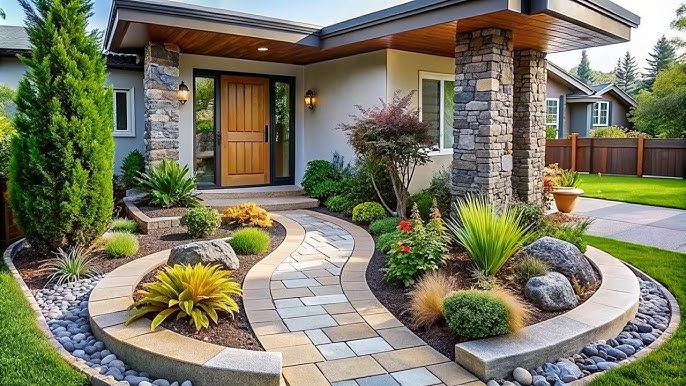
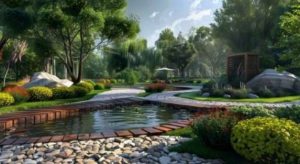
 .
.